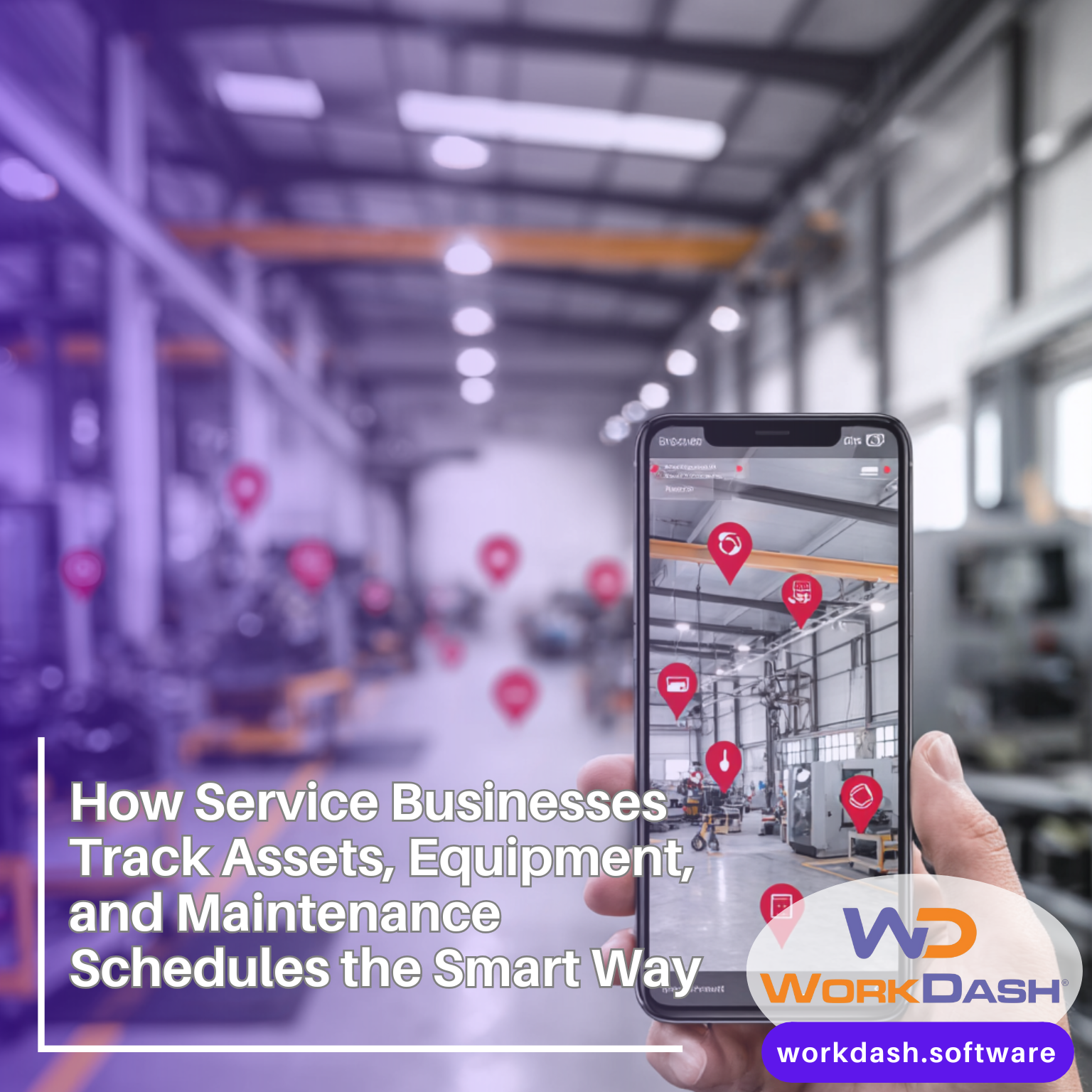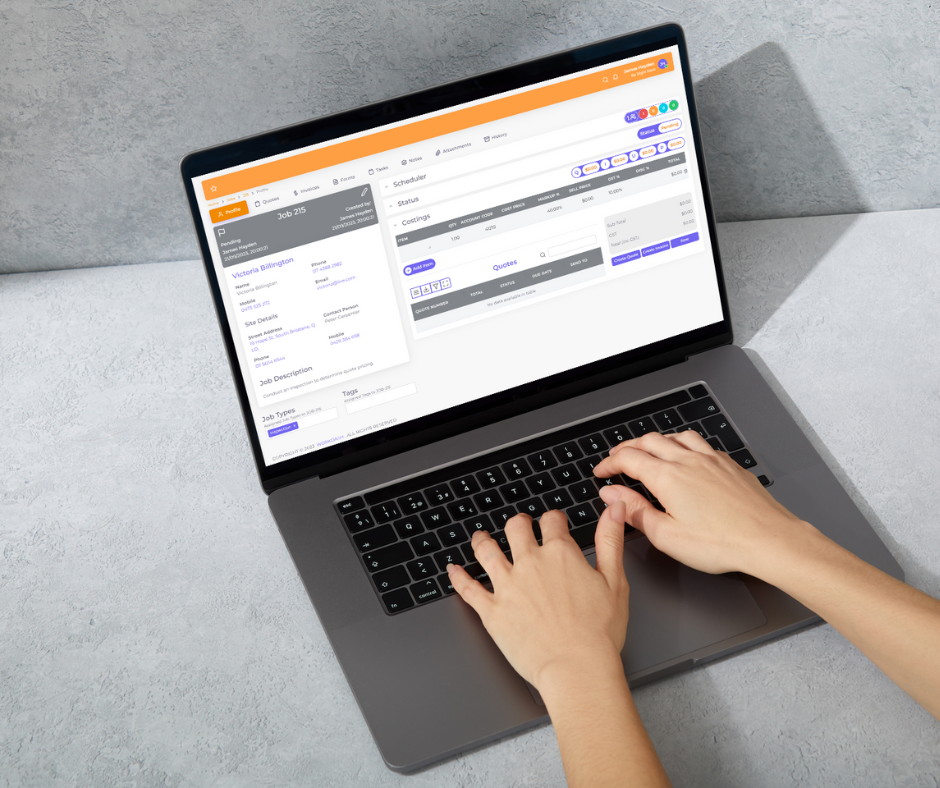Table of Contents
Why Customer Feedback is Important in Onboarding
Customer feedback is an essential tool in refining the onboarding process. It provides valuable insights into pain points, customer satisfaction, and areas for improvement. By gathering feedback, businesses can tailor their customer onboarding experience, ensuring new clients transition seamlessly into their journey.
Gathering Customer Feedback for Onboarding
To optimise the onboarding process, it is crucial to collect feedback at different stages. Surveys, feedback loops, and data-driven metrics can help track progress and identify friction points. Tools like Net Promoter Score (NPS) and Customer Satisfaction Score (CSAT) provide quantifiable insights that businesses can use to enhance their onboarding experience.
Using Data to Improve Customer Onboarding
Analytics and data management tools enable teams to refine the customer onboarding process. Event tracking, project management software, and onboarding dashboards provide key metrics to measure customer engagement. Data-driven decisions help personalize the onboarding journey, ensuring a smoother transition for new clients.
Implementing an Effective Onboarding Checklist
A well-structured onboarding checklist sets the stage for a successful customer experience. By outlining essential steps and expectations, businesses can streamline the onboarding process. This ensures that customer support teams can provide necessary guidance, reducing customer effort and enhancing retention rates.
Best Practices to Enhance Onboarding
A well-structured onboarding process sets the stage for a successful customer journey, driving long-term success and retention. Implementing best practices ensures new clients have a seamless experience, boosting satisfaction and engagement. Below are key strategies to optimize onboarding using customer feedback and data to improve the experience.
1. Provide a Personalised Welcome Email
A well-crafted welcome email is the first step toward building a strong relationship with new customers. It lays the groundwork for a smooth customer onboarding process by providing essential information, setting clear expectations, and introducing available support channels. Zendesk research shows that personalised communication enhances customer satisfaction and fosters brand loyalty.
Best Practice: Include a step-by-step onboarding checklist in your email to help customers understand what to expect and how to navigate the onboarding experience.
2. Utilise Omnichannel Support for a Better Customer Experience
Ensuring new clients can access support across multiple platforms—email, chat, phone, and self-service portals—improves the customer experience. Omnichannel support reduces friction points, making it easier for customers to resolve issues and complete the onboarding journey.
Best Practice: Use a customer feedback survey to determine which channels your customers prefer and adjust your onboarding strategy accordingly.
3. Track Progress with Analytics and KPIs
Tracking key metrics such as customer effort score (CES) and net promoter score (NPS survey) helps businesses measure the effectiveness of their customer onboarding process. Data management and event tracking provide valuable insights that drive continuous improvement.
Best Practice: Implement a dashboard that displays real-time data on feature adoption, support interactions, and customer engagement to refine onboarding efforts.
4. Encourage Feedback at Every Stage
Customer feedback is important for identifying areas for improvement in the onboarding process. Gathering feedback throughout the onboarding journey allows businesses to proactively address pain points and refine their retention strategies.
Best Practice: Create a structured feedback loop that includes:
- Post-onboarding surveys to evaluate the process.
- Real-time feedback tools within the product or service.
- Customer support insights to highlight common issues.
5. Optimise the Onboarding Experience for Long-Term Success
A well-designed onboarding strategy should be data-driven and tailored to meet customer needs. Personalising the customer experience and refining processes based on customer segments lead to higher retention rates and long-term business growth.
Best Practice: Use customer relationship management (CRM) tools to segment users and provide customisation based on their specific needs.
Real-Life Examples of Improved Onboarding Through Feedback
Many businesses have successfully leveraged customer feedback to refine their onboarding processes. For instance, using feedback surveys to identify common pain points and adjusting onboarding workflows accordingly can lead to increased customer satisfaction and long-term success.
Continuous Improvement in Customer Onboarding
Customer-centric businesses prioritise feedback collection to ensure continuous improvement. The combination of customer feedback, structured onboarding checklists, and data-driven decisions helps optimise the onboarding experience, leading to higher retention rates and business growth.
By effectively leveraging customer feedback, businesses can enhance their customer onboarding process, improve customer satisfaction, and drive long-term success. Implementing these strategies ensures new clients receive the best possible experience, setting the foundation for a strong and lasting customer relationship.
The Role of Customer Feedback in Onboarding
Customer feedback is important in shaping a successful onboarding experience.
Gathering feedback from new clients allows businesses to identify pain points and make actionable improvements. When organisations provide a platform for customers to share their experiences, they gain valuable insights that set the stage for a more effective onboarding process.
Using Data to Improve the Customer Onboarding Process
Data-driven decision-making is a powerful way to build an optimised onboarding framework. By analysing onboarding metrics, customer satisfaction surveys, and usability reports, teams can use the information to enhance the product experience and improve CX. Lessons learned from past customers help refine marketing efforts, ensuring the onboarding journey aligns with the expectations of the target audience.
A Step-by-Step Guide to Personalising the Customer Experience
- Gather Feedback Early – Encourage new clients to provide feedback after key milestones in their onboarding journey.
- Build Trust Through Actionable Changes – Use customer insights to make meaningful improvements in the onboarding process.
- Customisation for Better Engagement – Tailor onboarding content based on customer needs to enhance product adoption.
- Ensure Everyone is Aligned – Sales and marketing teams need to work together to create a smooth transition from prospect to onboarded customer.
- Implement Tools for Continuous Improvement – Use automation and customer support tools needed to provide ongoing assistance.
How Feedback Helps in Customer Success
Customer retention depends on the ability to make data-driven improvements. A well-structured onboarding process ensures that customers not only understand the product but also see its value from the outset.
According to research, companies that leverage customer feedback experience better customer engagement and reduced churn rates. This makes onboarding an essential part of overall business growth.
Actionable Strategies for Enhancing Onboarding
- Provide a step-by-step guide to ensure new customers feel supported.
- Use feedback to identify gaps and enhance usability.
- Develop templates for a structured and repeatable onboarding process.
- Invest in CX tools to improve the customer journey.
- Align sales and marketing efforts to ensure smooth onboarding transitions.
By consistently improving the customer onboarding experience, businesses can make data-driven decisions, enhance customer trust, and ensure a seamless transition from onboarding to long-term success. A strong onboarding framework is the foundation for building lasting customer relationships and driving business growth.





